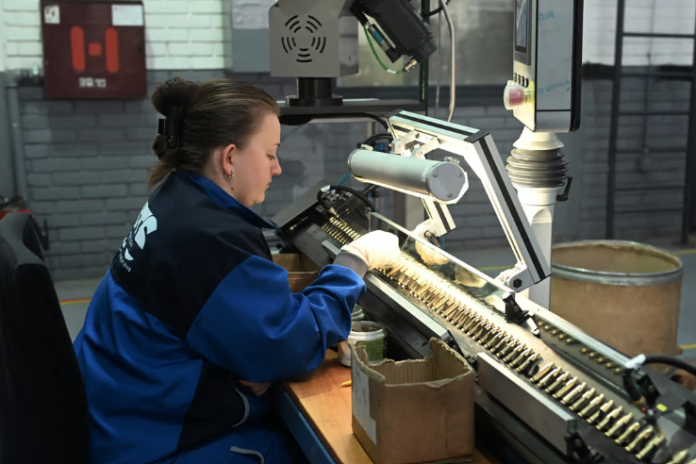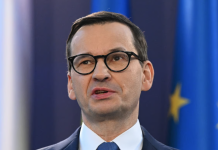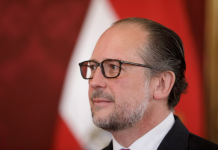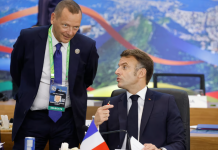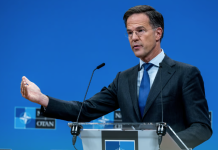WARSAW — The future of Europe’s democracies hinges on boosting military spending, top defense officials from Germany, the U.K., France, Poland and Italy said after meeting in Poland on Monday.
“2025 will be the year of speeding up [the] arms industry in Europe, moving away from [the] red tape [that is] slowing it down, and closing ranks, as we must show unity to show we are serious about values such as security, which we think is No. 1,” Poland’s Defense Minister Władysław Kosiniak-Kamysz told a press briefing after the talks.
He knows what he’s talking about.
Poland, which borders both Russia and Ukraine, aims to spend 4.7 percent of its GDP on defense this year — by far the highest of any NATO member. The United Kingdom, France and Germany spend nearer to 2 percent — the current NATO target — while Italy languishes at 1.49 percent.
Those lower numbers are going to be a problem once Donald Trump is back in the White House later this month. Last week he called for NATO allies to spend 5 percent of GDP on defense — a number far above America’s own military budget of 3.38 percent.
“We have to spend more on security to keep the U.S. allied presence in Europe,” Kosiniak-Kamysz said.
His counterparts focused more on how the money is spent rather than on the raw amounts that are so appealing to Trump.
“Yes, we have to talk about what percentage of GDP we are going to spend on defense but we also need to be very much interested in what this money is being spent on in particular, in [the] actual effectiveness of this spending,” said French Armed Forces Minister Sébastien Lecornu.
To make that work, the ministers said, Europe should make its defense industry less bound by regulation and team up for joint procurement and better access to credit.
“It’s worth getting rid of bureaucratic barriers since there’s a war in Europe and you cannot treat [the] defense industry the same way you’d treat, say, milk production,” Italian Defense Minister Guido Crosetto said.
Germany’s Boris Pistorius rejected Trump’s 5 percent call, saying such a spending surge would eat up about 40 percent of Germany’s government budget. However, he did welcome NATO’s effort to announce the alliance’s new capability targets in June instead of October as originally planned.
The ministers — who heard from Ukraine’s Defense Minister Rustem Umerov via video link — also asked about joint ventures with Ukrainian defense companies to boost arms production. Umerov was in London with Defence Secretary John Healey; the U.K. was represented in Poland by Luke Pollard, the U.K.’s parliamentary under secretary of state for the armed forces.
The goal is to make Ukraine as strong as possible ahead of Trump’s presidency, as he has called for a swift end to the war.
The grouping of Europe’s five top defense powers, formed last year and meeting for the second time on Monday, aims to strengthen defense coordination at a time of rising geopolitical danger.
Kosiniak-Kamysz said the group’s next meeting in Paris will discuss in more detail how to finance the development of Europe’s arms industry, in order to make it a “flywheel” of the continent’s economy.
He added that NATO Secretary-General Mark Rutte, the EU’s foreign affairs chief Kaja Kallas, and new Defense Commissioner Andrius Kubilius will also be present in Paris.
“Europe can and should be a leader in terms of security and defense, but it has to invest in it,” Kosiniak-Kamysz said.

